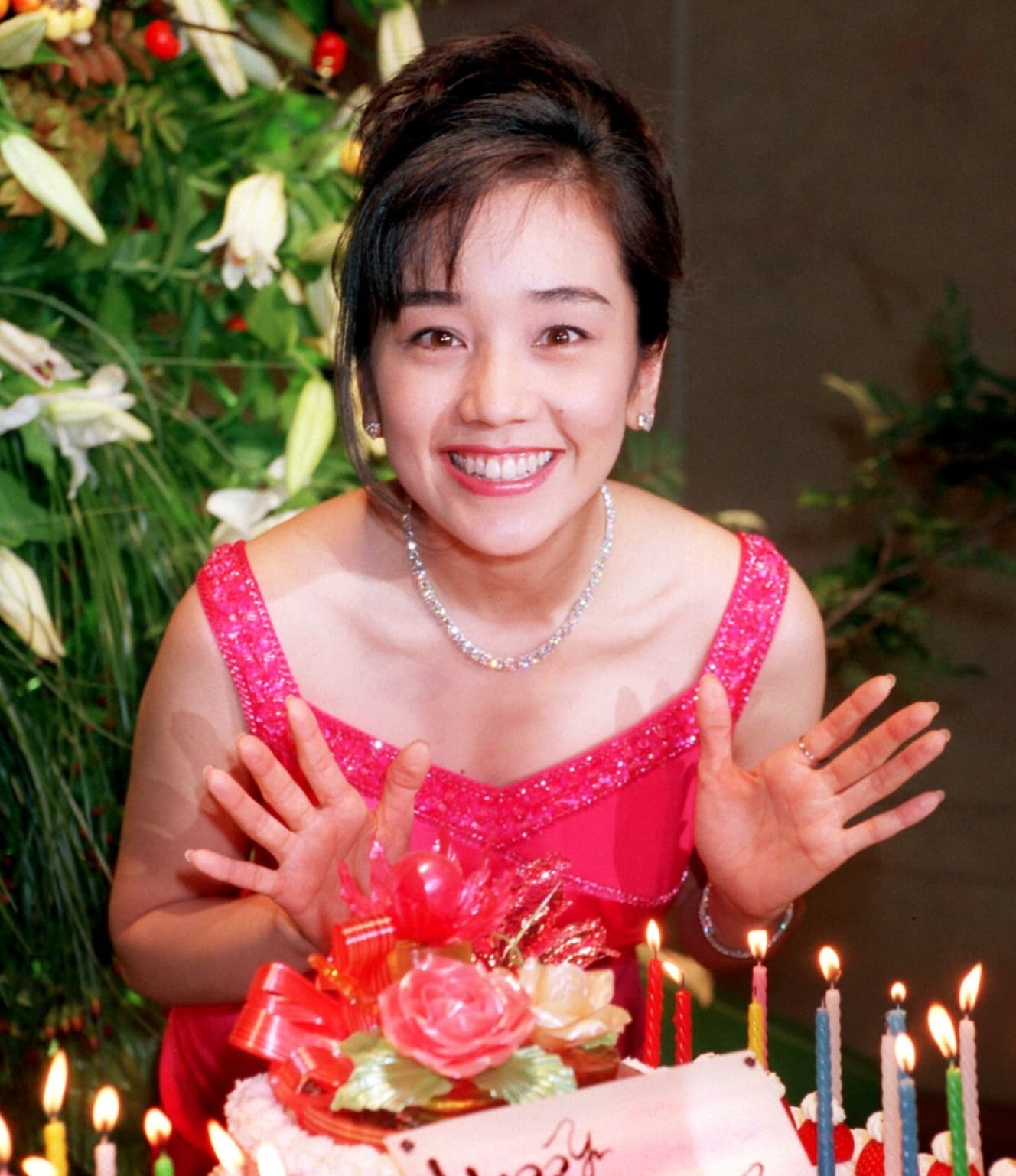The background of Hikaru Nishida’s famous song written by that golden duo in August 1991
This is a series of articles introducing hit songs from just 30 years ago. This time it was August of 1991. On the Japan Meteorological Agency’s website, there is a description of “low temperatures, long rains and lack of sunshine in the summer of 1991,” which means that the summer of 1991, 30 years ago, was just as gloomy as the summer of 2021.
Speaking of the big hit released in August 1991, “Sore ga Taisaku” (That’s what’s important), released on August 25, was the last one. It sold a whopping 1,603,000 copies (Oricon). At the time, however, I didn’t buy the CD single because of its hot and humid tune.
The singles I bought during that month were a comic song called “Latin No Kuni” (13,000 copies sold) by Ora Serral, a unit consisting of Tsutomu Sekine, Lou Oshiba, and Lucky Ikeda (under the name “Itachi Bastard”), and a cover of Seiko Matsuda’s “Blue Coral Reef” (13,000 copies sold) by Lip’s, a three-woman unit with Takako Kato. Aoi Coral Reef” (12,000 copies). In addition, Hikaru Nishida’s “Tokimete” (149,000 copies).
The golden duo.
This time, I’ll focus on “Tokimete”. It ranked 7th in Oricon, so it was a decent hit. It was the theme song for the TBS drama “Natsu Monogatari” starring Hikaru Nishida. Natsu Monogatari” in which Hikaru Nishida starred. With this song, Nishida participated in the “Kohaku Uta Gassen” (Red and White Song Contest) as the top batsman of the Red Team and sang the song with dignity. Incidentally, the white team’s top batter was the Bubblegum Brothers’ “Won’t Be Long,” which I’ve written about in this series (but Hound Dog was substituting for Nishida).
I was 25 years old when I bought the single of “Tokimete” because it was written by Takashi Matsumoto and composed by Kyohei Tsutsumi. I was a bit of a song maniac back then, so I thought, “If it’s written by Matsumoto and Tsutsumi, I must buy it.
Lyrics by Takashi Matsumoto and music by Kyohei Tsutsumi. A golden duo representing the history of Japanese songs. They produced a lot of big hits, but their most representative works are probably Yumi Ohta’s “Cotton Handkerchief” (1975), Masahiko Kondo’s “Sneaker Burusu” (1980), and Yuki Saito’s “Graduation” (1985).
My impression of “Tokimete” is that it is “middle-of-the-road song pops. Hikaru Nishida, who is both cute and sexy, sings with a voice that seems to pierce the heavens. That’s what I call song pop! Originally, it would have had the potential to be on par with these “masterpieces of the past five years”.
However, to be honest, it didn’t make such a big impact and sales. Why? I would like to cite the changing environment of the times as the main reason.
“The “Winter Age of Idols
The latter half of the 1980s is often described as the “winter age of idols. However, there were still Miho Nakayama, Minako Honda, Yui Asaka, Yoko Minamino, and Shizuka Kudo, and this expression is a reaction to the fact that the first half of the 80s was the “Idol Summer Period,” when idols were at their peak.
If the latter half of the 80s was the “Idol Winter Period,” then the 90s is already the “Idol Ice Age. If they had debuted in the early 80s, I wonder how popular they would have been.
The first factor that contributed to the “idol ice age” was the change in the music scene. After folk music, new music, and the band boom, the 1990s saw the emergence of the “J-pop” era. In other words, “self-produced music” finally became the mainstream, and idol music was pushed aside.
Another factor is said to be the spread of adult videos (AV).
The female idol market used to meet the sexual needs of men head on, but with the accelerated spread of adult videos in the late 80’s, sexual needs dispersed, and in the 90’s, the market for “gravure idols,” a market between idols and adult videos, expanded. In the 1990s, the market for “gravure idols,” an intermediate market between idols and pornography, expanded.
The Last “Doshu Uta” (Song in the Middle)
To put it another way, “Tokimete” may have been the last “middle-of-the-road song pop” released by the golden duo of Takashi Matsumoto and Kyohei Tsutsumi for the “idol ice age.
These masterpieces by the maestros, Takashi Matsumoto and Kyohei Tsutsumi, continued to surprise, make people sing, and make people cry. This song is cute, sexy, and sparkling, but at the same time, it sounds sad and wistful.
According to the “List of Songs Written by Takashi Matsumoto” on the official website of Nippon Columbia’s “Takashi Matsumoto 50th Anniversary Tribute Album,” there are a total of 390 songs written by Takashi Matsumoto and Kyohei Tsutsumi. However, in the 30 years after “Tokimete”, there were only 24 songs.
One of those 24 songs is Shoko Nakagawa’s “Kirei a la mode,” released in 2008, 17 years after “Tokimete,” a masterpiece that is truly elegant and transcends the framework of “song pops,” but that’s another story.
Text: Suzy Suzuki
Music critic, born in Higashi Osaka City, Osaka Prefecture in 1966, currently appearing on BS12 TV's "The Cassette Tape Music. His major publications include "80's Music Kaitai Shinsho" (Sairyusha), "Checkers no Ongaku to Sono Jidai" (Bookman Publishing), "Intro no Horitsu 80's" (Bungeishunju), "Southern All Stars 1978-1985" (Shincho Shinsho), and "Koisuru Radio" (Bookman Publishing). He is a regular contributor to Toyo Keizai Online, Tokyo Sports, Weekly Baseball, etc.
Photo: Sankei Visual
